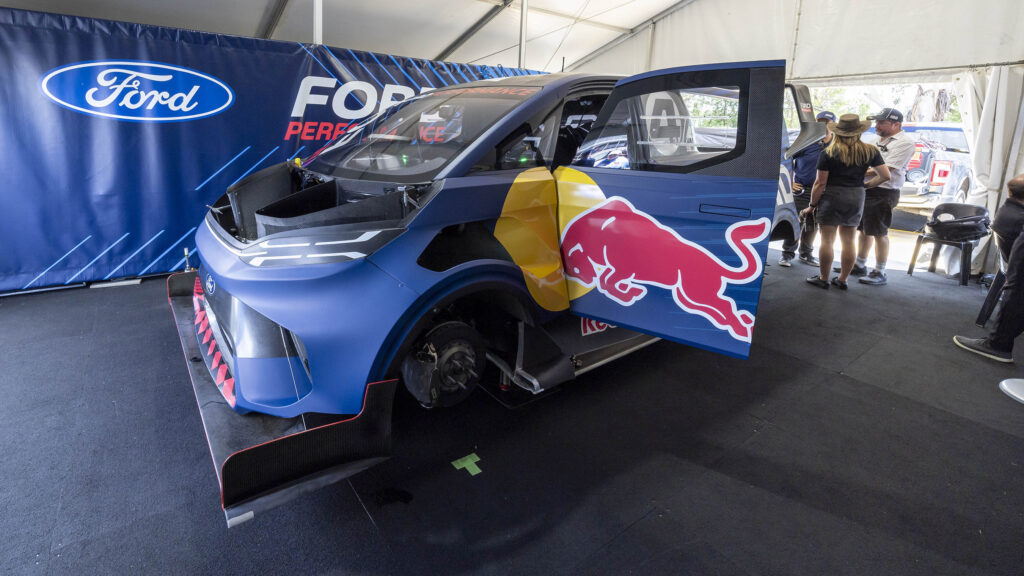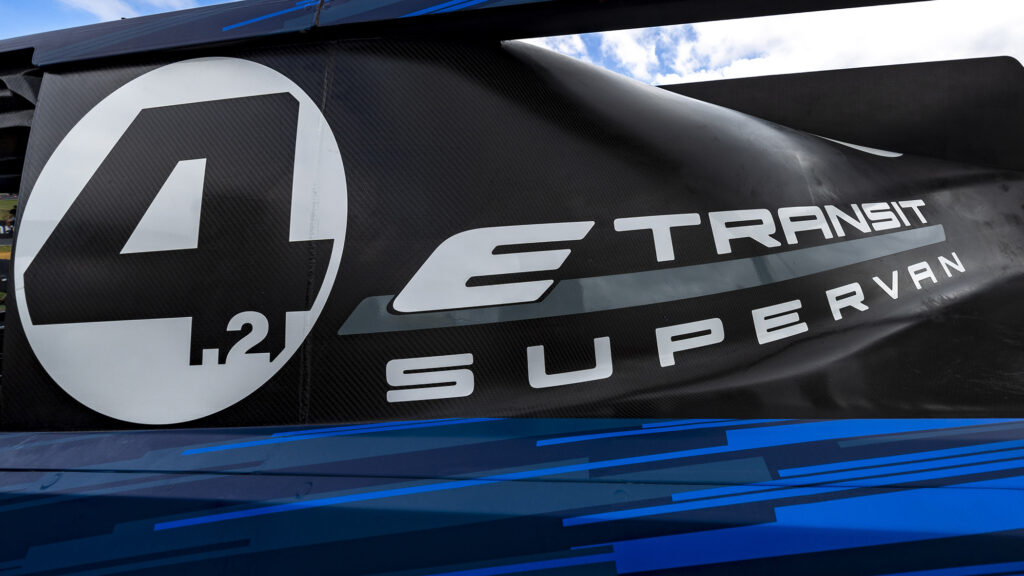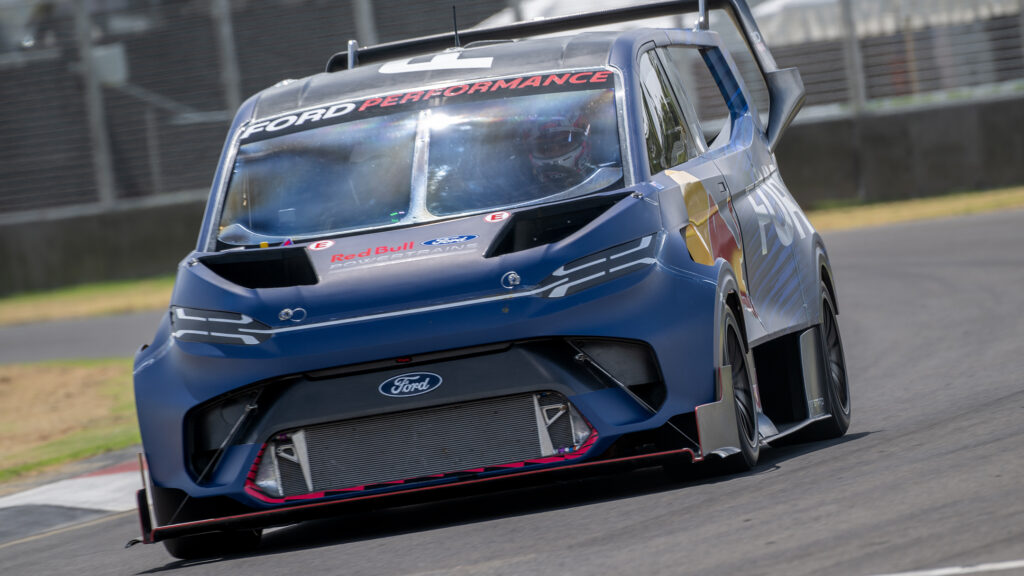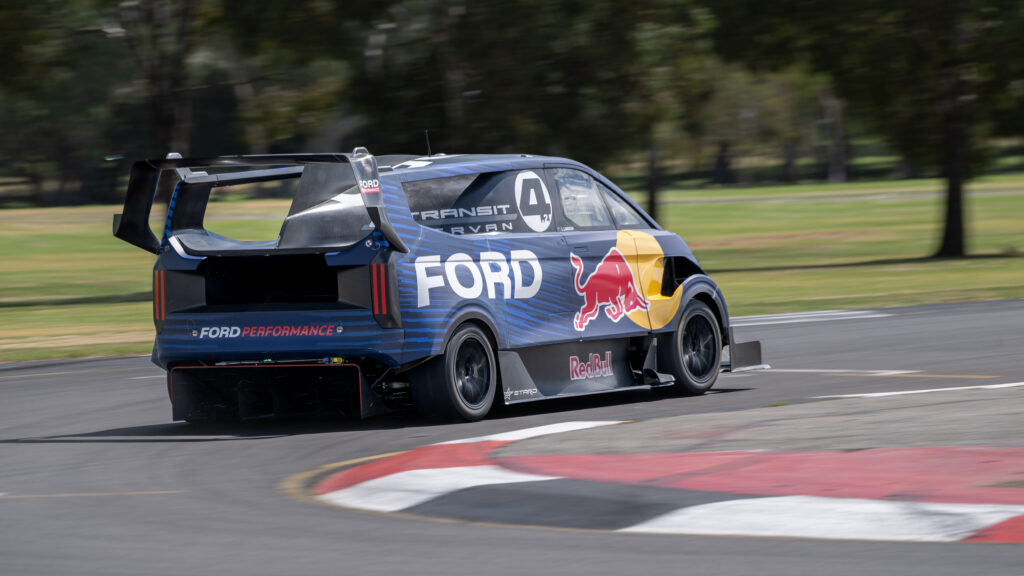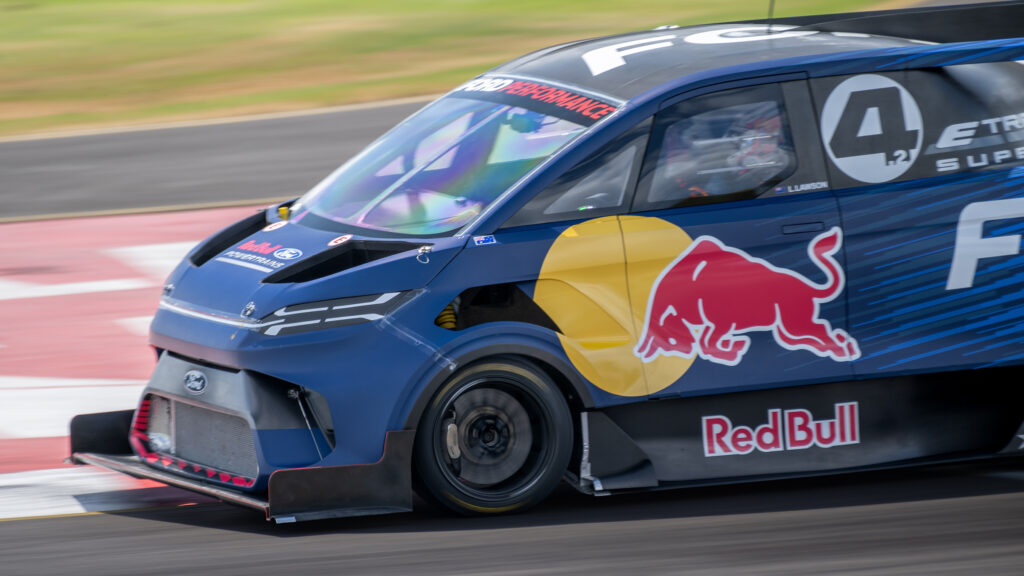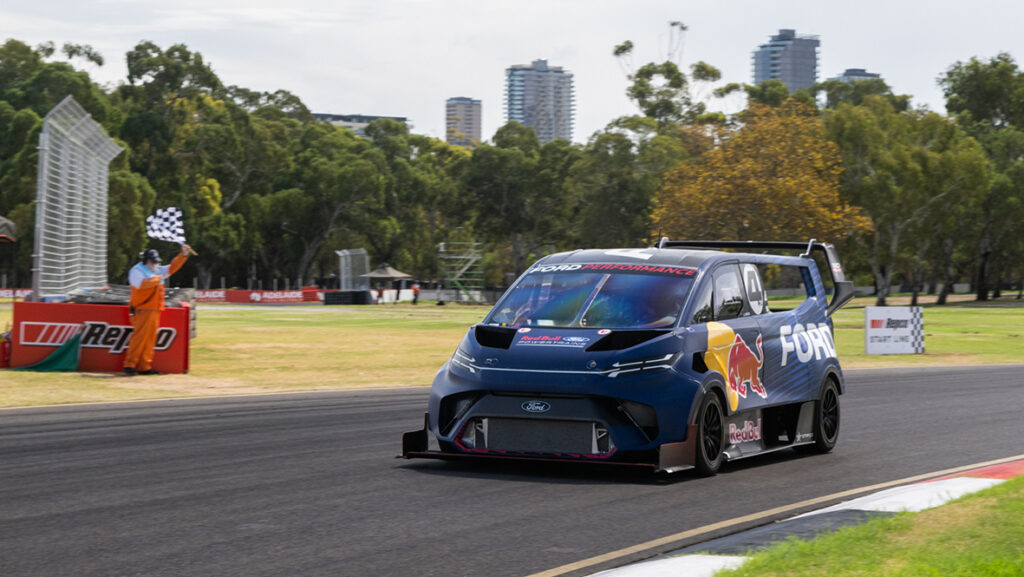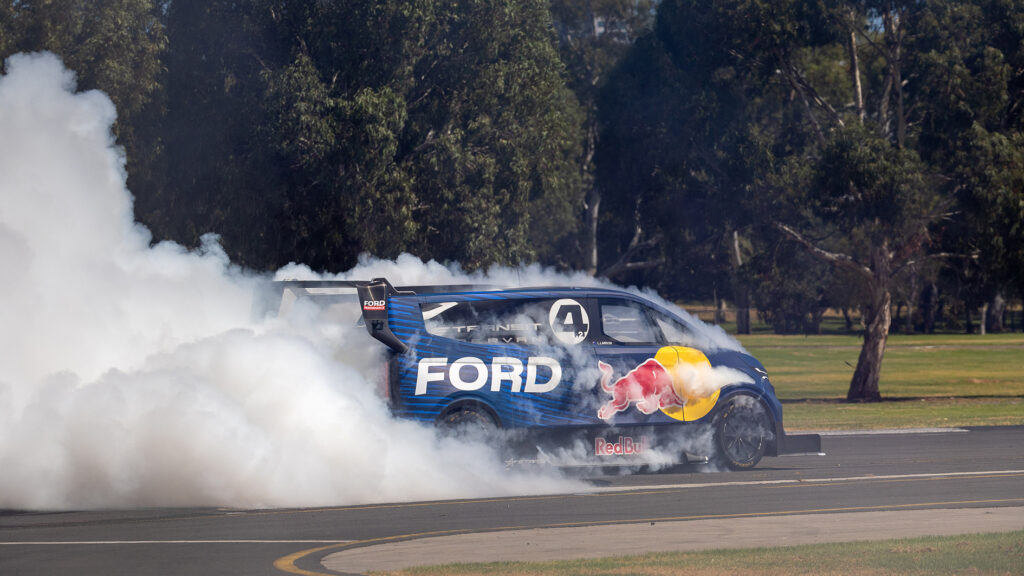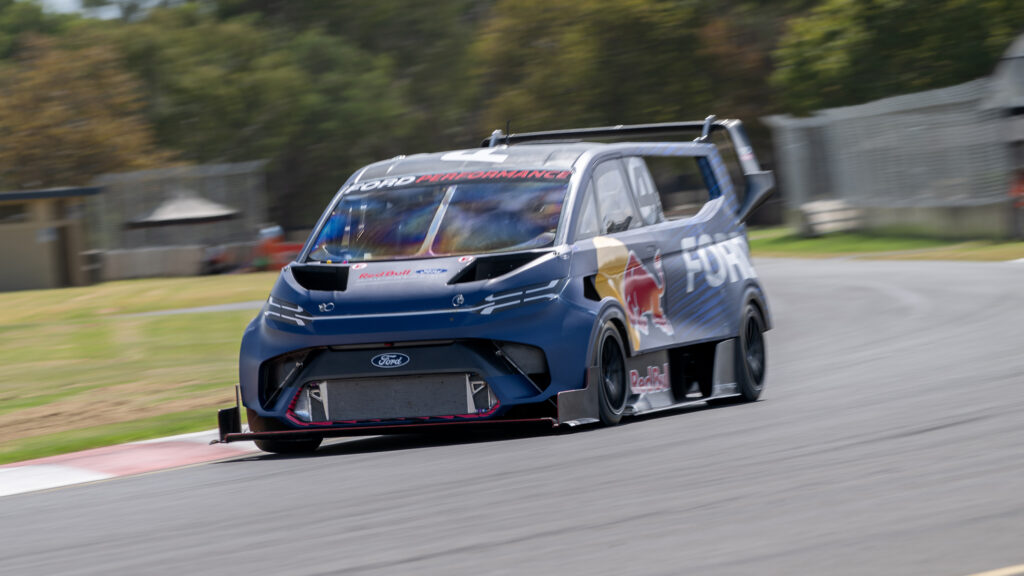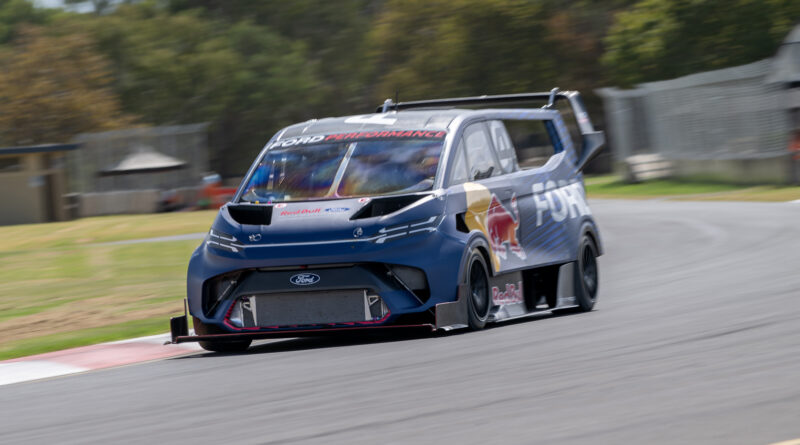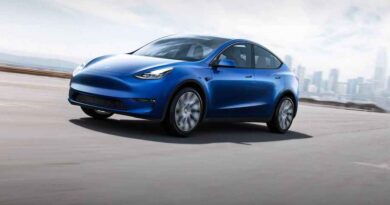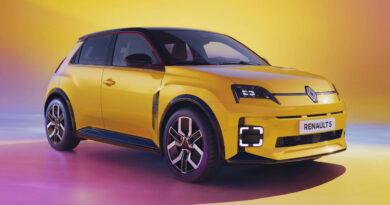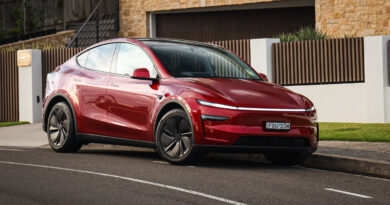Liam Lawson should be racing in the Australian F1 Grand Prix this weekend … instead he destroyed my neck in Ford’s insane electric Supervan Transit
Two days later I’m still in pieces. Neck’s aching, ribs hurt and I swear my internal organs are scrambled.
This is the enduring hangover from a mere three minutes passengering in Ford’s 1500kW and 4000Nm quad electric motor Supervan 4.2.
The bloke behind the wheel is as much to blame as this bonkers electric Transit. My pilot is Red Bull Racing’s reserve F1 driver Liam Lawson, the young Kiwi already with five Grands Prix under his belt after deputising for an injured Daniel Ricciardo at AlphaTauri last year.
Thing is with F1 drivers, they have different ideas of what’s possible when it comes to late braking, turn-in, riding kerbs, g-forces and rapidly dealing with life-or-death decisions.
But even Lawson – who’s shared F1 tracks with Verstappen, Hamilton, Alonso et al. and really should be on the grid at Albert Park in the Australian Grand Prix this weekend after his super-sub performance in 2023 – is giggling like a school kid after our hot laps around parts of Adelaide’s old GP street circuit.
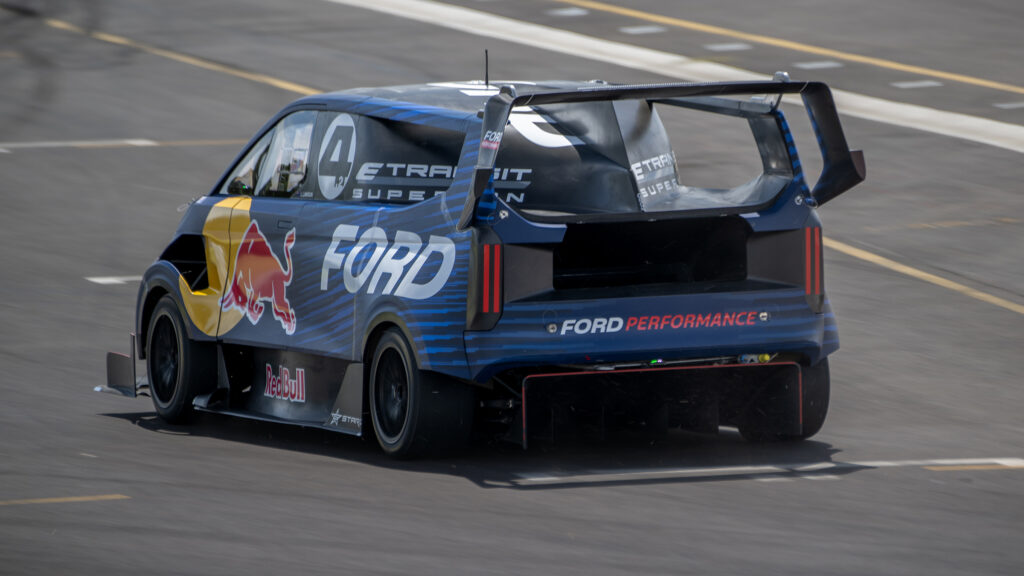
“It has F1 levels of acceleration,” he says of this slab-sided Transit EV, then adds: “I’ve never felt anything like this.”
Herculean performance is not uncommon with go-fast EVs, but for a modern F1 driver to be blown away with something’s performance is testament to the surreal heights electric cars are reaching.
Like it or not, from Goodwood to Pikes Peak, Mount Panorama to the Nurburgring Nordschleife, EVs are rapidly re-writing records.
Last year this Supervan 4.2 won its class and placed second overall at the Pikes Peak hillclimb, then last month achieved the unofficial tin-top Bathurst lap record, registering a 1m56.3s tour of the iconic 6.2km Mount Panorama circuit.
For reference, that was over 10 seconds faster than Broc Feeney’s Chevy Camaro pole lap for the same weekend’s Supercars Championship race. Only Jenson Button in a McLaren F1 car has lapped the mountain faster.
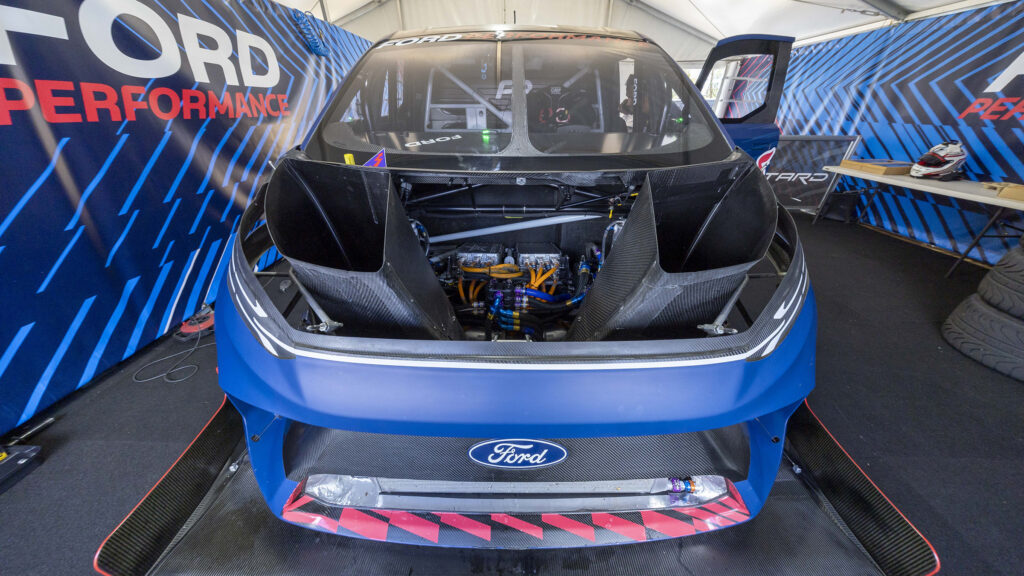
In Pikes Peak spec, the Supervan 4.2 used three electric motors (one front, two rear) to deliver 1050kW. For the Aussie runs – including my ride at Adelaide – four electric motors were employed for that staggering 1500kW figure.
But it’s torque that’s king. The Supervan’s 4000Nm is eight times that of a Ford Ranger bi-turbo diesel. And you feel every one of those Newton metres when Lawson puts his shoe in.
Acceleration? The ton is up in well under two seconds. That’s your head properly pinned to the racing seat and the skin of your cheeks sucking back over your teeth.
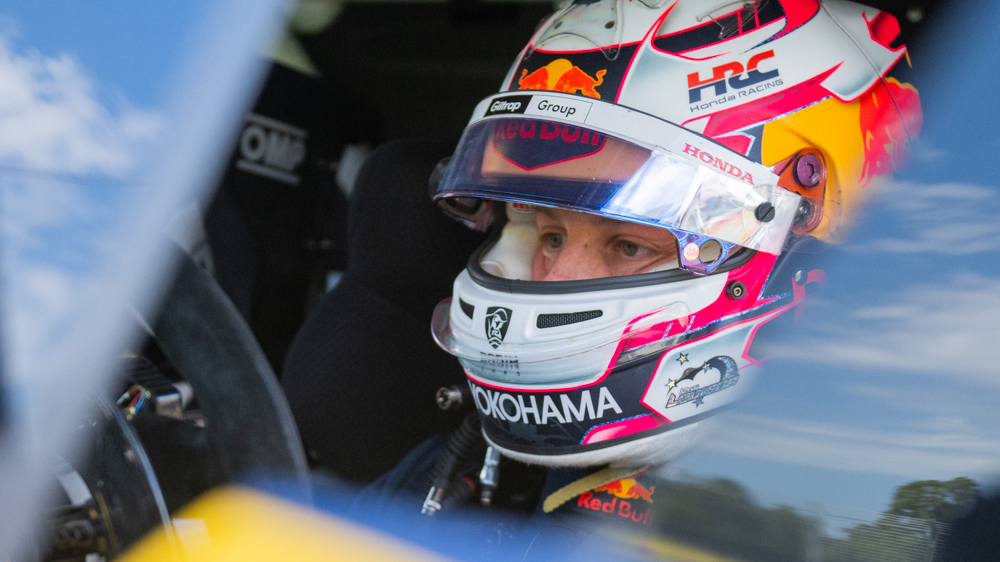
Such forces are only trumped when Lawson stands on the anchors. Giant carbon ceramic brakes fire into life, backed up by the van’s 600kW regenerative performance. There’s your ribs crushed and your head flung forward like you’re a rag doll.
The Kiwi prodigy doesn’t mind taking plenty of kerb in this mental Supervan, and through the Adelaide lap’s sole quick corner, this carbon van sticks limpet-like and rapidly changes direction despite its 1800kg mass.
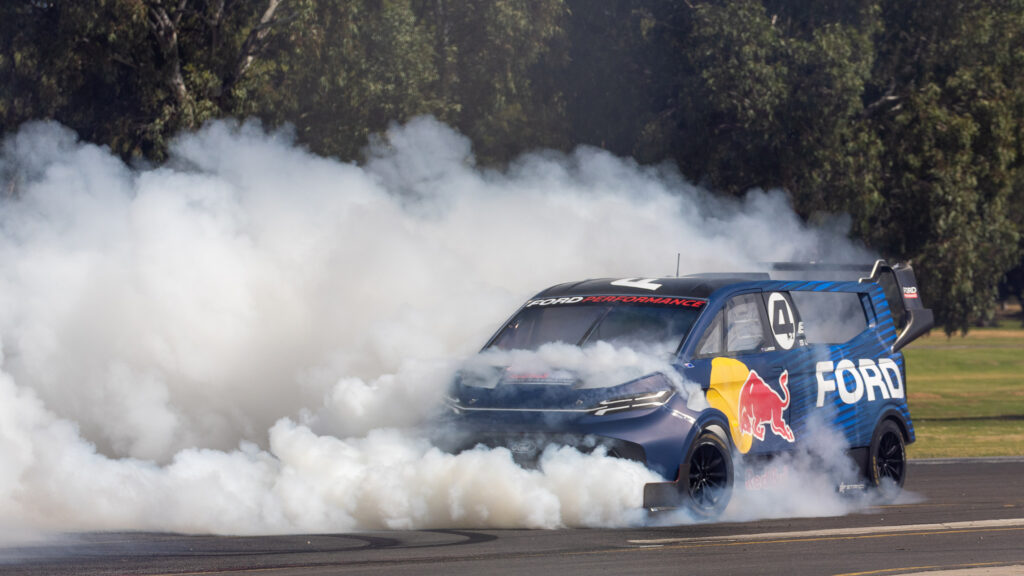
It’s a short-ish straight, but Lawson somehow manages to find 240km/h before diving on the brakes once more. I’m in no doubt this thing will surge to well over 300km/h if the taps are left open.
Just look at the rear wing on this thing, its vast aero and all the curves and holes for airflow and downforce. At 240km/h it generates a maximum 2000kg downforce… roughly twice that of a Le Mans GT3 sportscar.
But hang on. This is still an electric Transit, right? I ask Ford Australia how much of the real van is in the Supervan 4.2. Much looking away ensues, until it’s decided elements of the windscreen’s dimensions are shared between racer and urban parcel transporter.
Payload? Let’s say it probably won’t match a Ford E-Transit’s 1611kg, but any deliveries are suree going to get there in record time.
Another sticking point is the Supervan 4.2’s range. Apparently it’s about 20km when in maximum attack mode. Deliberately, of course. That’ll run it once up Pikes Peak before the battery’s exhausted.
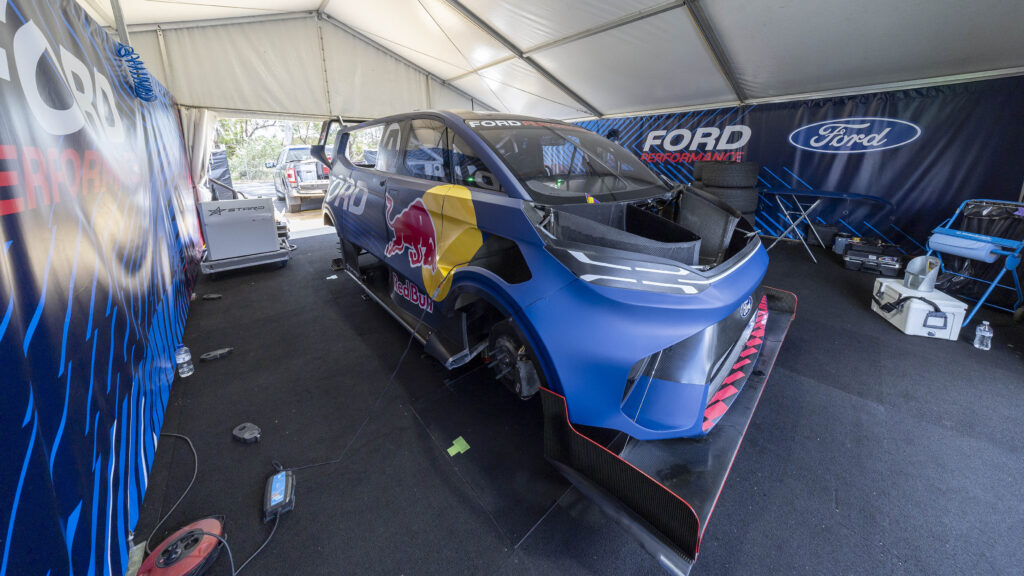
It’s a relatively small 50kW unit (smaller than a basic Tesla Model 3’s) but of course that keeps the van’s weight in check. It’s racing, after all.
It all adds up to a Transit that challenges your belief in what’s possible from a car (or van). This thing should not go this fast, accelerate so shockingly, brake this fiercely or stick like glue to a corner apex.
But it does. Oh, and I’ve not even told you about the noise. Not much to report from the electric motors, but good grief my ears take a pasting from the high-pitched squeals of its front and rear mechanical diffs. Imagine the loudest , most obnoxious whooshing fired through stacked amplifiers at a Megadeth concert.
The sound echoes around the van’s roomy carbon fibre cockpit, and I bravely try to shout at the camera pointing at my face to report on the experience. Pointless task, the decibels are just too extraordinary.
Result is I’ve lost my voice, my ears are throbbing and my body’s utterly been through the wringer.
And it was bloody brilliant.
